Dawn Edwards has shed light on the often misunderstood reality of post-dialysis exhaustion by sharing her decades-long experience with a variety of dialysis treatments. Her personal account, presented at federal medical forums, effectively depicts a fatigue that transcends simple exhaustion. She reports feeling more than just drowsiness after each session; rather, it feels like her entire system has been disconnected.
What many patients like Dawn have been stressing for decades has begun to be validated by research in recent years. The body reacts with a sharp physiological recoil as it undergoes rapid blood cleansing and forced ultrafiltration. Because of this, the question “does dialysis make you tired?” is not merely rhetorical; rather, it is a serious clinical issue. Like an unexpected power outage in a high-tech metropolis, fluid loss, blood pressure spikes, and electrolyte changes deplete the body’s reserves.
Through the use of patient-led dialogues, groups such as AAKP have given voice to those who previously spoke alone. Patients repeatedly described the same pattern during their workshops: they felt immobilized even hours after a treatment. Their thinking slowed, their muscles resisted, and frequently they were limited to sleeping. Despite being personal, the emotional tone and impact of these tales are remarkably similar.
Patient Profile Table: Dialysis Fatigue Focus
| Field | Information |
|---|---|
| Name | Dawn Edwards |
| Condition | Chronic Kidney Disease, End-Stage Renal Disease |
| Therapy Type | Nocturnal Home Hemodialysis |
| Dialysis Experience | Over 30 years, including transplant, peritoneal, and hemodialysis |
| Advocacy Role | Founder of NYS CKD Champions, AAKP Ambassador |
| Fatigue Experience | Reports severe post-dialysis fatigue impacting livelihood and energy |
| Profession | Patient Educator and Community Advocate |
| Public Engagement | Spoke at NIH/NIDDK Workshop on Post-Dialysis Fatigue |
| Relevant Organization | American Association of Kidney Patients (AAKP) |
| Reference | aakp.org/lets-talk-about-your-dialysis-fatigue-2 |

Many people experience precise exhaustion. The energy dissipates as soon as the treatment is finished. It’s not a psychological issue. It is a trend seen in age groups, home care arrangements, and clinics. The move to acknowledge this fatigue as a separate issue deserving of focused study and customized treatment is especially novel.
According to clinicians, anemia is a major contributing factor. Red blood cell counts in dialysis patients frequently fall below ideal ranges, which impairs the body’s capacity to pump oxygen throughout the body. This results in long-lasting energy deficiencies that are rarely remedied by conventional therapies. Patients may still experience markedly slower mental and physical responses even when using erythropoietin-stimulating medications.
Nephrologists are now creating new care plans by forming strategic alliances with patient advocates. These programs emphasize sleep quality, psychological fortitude, and nutritional recovery in addition to blood level control. Because fatigue may be impacted by something as simple as the patient’s diet before and after dialysis. According to some research, maintaining hydration and eating snacks high in protein can help prevent energy slumps.
This problem was made even more apparent during the pandemic. Dialysis patients, who already had health issues, now had to deal with loneliness, interrupted schedules, and increased anxiety. Their weariness was exacerbated by this concoction of stressors. It was daily depletion, not just post-treatment fatigue. Nevertheless, solutions were found even at that time. Telehealth sessions made it possible to receive mental health support, dietary modifications, and guided movement therapy, all of which were especially helpful.
Making the switch to home dialysis offers encouraging outcomes for those who can handle it. Some patients report feeling noticeably better the following day when fluid removal is done at a controlled pace and sessions are scheduled during the night. But this isn’t always the case. Even with nocturnal home hemodialysis, Dawn Edwards herself struggles with chronic fatigue. Although innovations are useful, they are not cures, as her case serves as a reminder.
Recognizing fatigue is just the beginning when it comes to chronic care. There must be action. Wearable technology that tracks heart rate variability, sleep quality, and hydration levels is being introduced as a result. When the body starts to indicate distress, these devices—which are surprisingly inexpensive for many—can send out alerts. Clinicians can make dialysis more than just a life-sustaining procedure by incorporating this data into treatment plans.
However, cultural change may be the most significant shift. Institutions are listening, and patients are speaking. Fatigue is being positioned as a priority and is no longer marginalized. Firsthand accounts are now included in workshops run by the National Institutes of Health. The message conveyed by the shared stories has been very clear: weariness is real, draining, and requires attention.
It is essential for loved ones and caregivers to comprehend this experience. It is a physiological reaction rather than a sign of laziness when a patient cancels appointments, skips meals, or remains in bed following a session. Measurable improvements can be achieved by promoting physical activity, cooking well-balanced meals, and providing emotional support.
In the future, efforts are being made to create treatment plans that give patients energy instead of exhaustion. Dialysis patients may have a better future with multidisciplinary care teams, adaptive technologies, and more specialized medications. Fatigue may still exist, but it is much better controlled and greatly appreciated.
